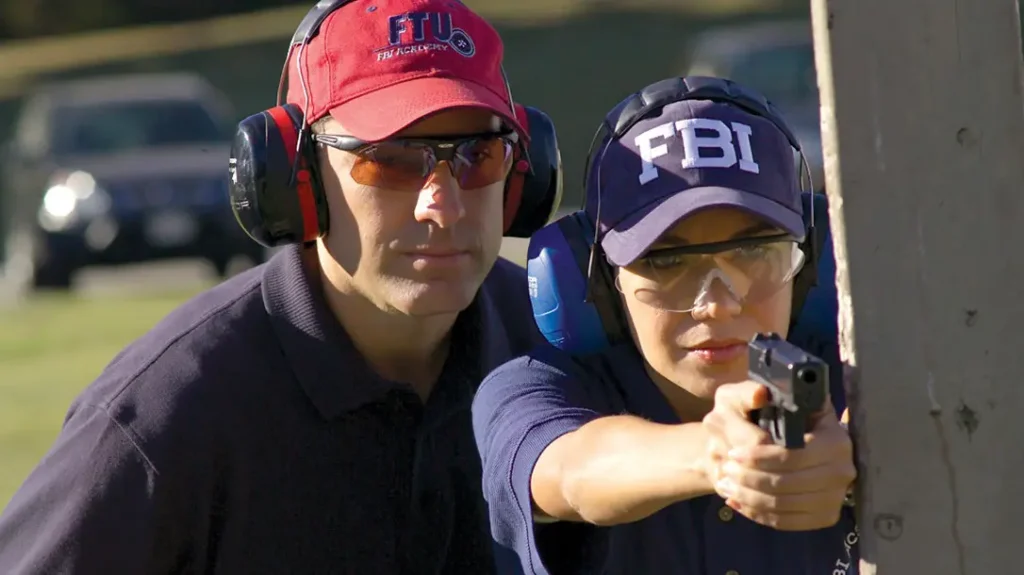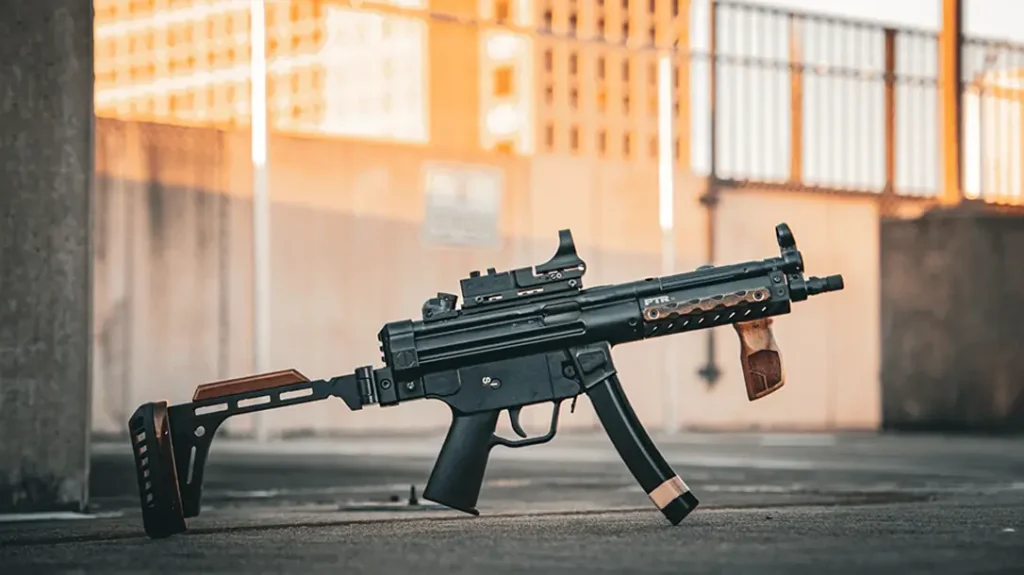An important part of self-defense is the draw. If you can’t get your gun into action quickly, you’re probably going to lose a gunfight. As such, shooters should regularly practice their draw. However, many aren’t practicing properly with these 10 handgun draw mistakes being very common.
At least one bad habit may have infected your handgun draw stroke. If so, you’re committing it to muscle memory with every practice session. Training under the watchful eye of a quality instructor as part of an annual checkup is the best inoculation. But, that’s not always possible.
Advertisement — Continue Reading Below
So, we arranged a consultation with four of the nation’s top trainers, who were eager to share some of the most common mistakes they see plaguing the range — often in otherwise proficient shooters.
Handgun Draw Mistakes: Proper Grip
According to Tommy Thacker, instructor and competitive shooter, many shooters don’t obtain a proper grip when the hand reaches the pistol.
“This is the first problem that leads to a series of issues once the pistol is out of the holster,” said Thacker. “You will struggle with everything after the draw if you don’t acquire the proper grip first.”
Advertisement — Continue Reading Below
Handgun Draw Mistakes: Snatch, Don’t Pull
Thacker also says that attempting to “pull” the pistol out of the holster leads to the holster following, impeding the draw.
“I prefer to teach people to snatch the pistol from the holster,” Thacker said. “This causes a cleaner break from the holster and a smoother draw stroke — this is very important with leather holsters.”
It may be a simple law of physics — inertia — but shooters overlook this at the range.
Advertisement — Continue Reading Below
Handgun Draw Mistakes: Finger Off Trigger
George Harris co-founded the SIG Sauer Academy. He also has taught both across the nation and internationally. One issue he has noticed in his decades of experience is the finger touching the trigger too soon.
“The finger should never go on the trigger until the muzzle is on the target,” said Harris.
Now he says it is OK for the two to meet after the gun has exited and rotated toward the target. However, too early can lead to a discharge with disastrous consequences.
Advertisement — Continue Reading Below
“And the bullet doesn’t care.”
Handgun Draw Mistakes: Support Hand
Many shooters don’t move their support hand during the draw, which is a mistake. So, Thacker teaches people to slap their chest when they start the draw stroke. This forces a faster reaction to the pistol and increased draw speed. This sympathetic reflex causes the strong hand to move faster and results in faster presentation time. In fact, Thacker urges disbelievers to give it a try without a gun. Try it once without moving the support hand and again while slapping the chest. The difference is considerable.
Handgun Draw Mistakes: Look at the Front Sight
While it can be hard in a self-defense situation, Ed Head, Gunsite Academy rangemaster, says folks must look at the front sight when shooting.
Advertisement — Continue Reading Below
“The desire to look at the target is overwhelming and must be overcome through proper instruction and practice,” said Head.
Handgun Draw Mistakes: Trigger Control
William “Bart” Bartholomew, retired sniper and lead instructor at Bergara Academy, claims he typically sees three major mistakes in training — trigger control, anticipating recoil and breathing. Also, he see these problems in that order.
Handgun Draw Mistakes: Slow Down Strings
Then there’s the urge to race through a dedicated pair or failure drill. “Shooting too fast,” Head said, “while a lot of fun it results in a serious trigger control problem—or two.” Harris added, “You can shoot only as fast as you can hit, and you can hit only as fast as you can get the muzzle on the target and pull the trigger.”
Advertisement — Continue Reading Below
Handgun Draw Mistakes: Lack of Economy of Motion
Many shooters try and draw faster than their skills, but “speed is the economy of motion,” said Harris. And it takes time to build that efficiency. Many dismiss this warning, but Harris often slows down shooters during training because of a tendency to swing past the target, then come back before delivering an accurate shot.
“That’s not economic motion” and speed can mask mistakes easily identified otherwise. However, once the basics are mastered and committed to muscle memory, there’s no reason to throttle back.
“Many people believe that a slow draw stroke is best for a good presentation, especially when making a longer or more difficult first shot,” said Harris. “This is one of the worst things I have ever heard. I prefer to have a draw that is fast as possible, which will allow me more time to acquire the proper sight alignment, sight picture and trigger prep before engaging the target”
Advertisement — Continue Reading Below
Those who waste time on the draw stroke often rush the important components of the shot. The difference between a draw on a 5-yard target or 50-yard target is nothing; extra time on the shot is more important.
Handgun Draw Mistakes: Re-holstering
Lack of practice re-holstering is a glaring oversight, according to Harris, because so many things can go wrong. Never be in a hurry, as this need to basically be subconscious. Maintaining muzzle discipline is critical, but if an obstruction — corner of a cover garment, holster retention strap, rain jacket cinch string — falls into the holster it can depress the trigger upon insertion. Longer coats can be swept open safely with the support hand if the gun remains high above and pointed downrange. His preferred method is using a gun-hand digit to sweep obstructions out while maintaining a safe direction.
Advertisement — Continue Reading Below
“If you don’t practice that and you’re in a high-stress situation it’s going to be very difficult.”
Handgun Draw Mistakes: Not Changing it Up
Many shooters practice the same drills as the same distances, over and over. This is a mistake, according to Head.
“Mixing up practice sessions with different challenges is the way to go,” said Head. “Don’t get too comfortable; challenge yourself.”
Also, all the instructors recommend spending money on training and conduct regular practice to stay proficient. Shooting is a perishable skill. However, you have to train properly.


























